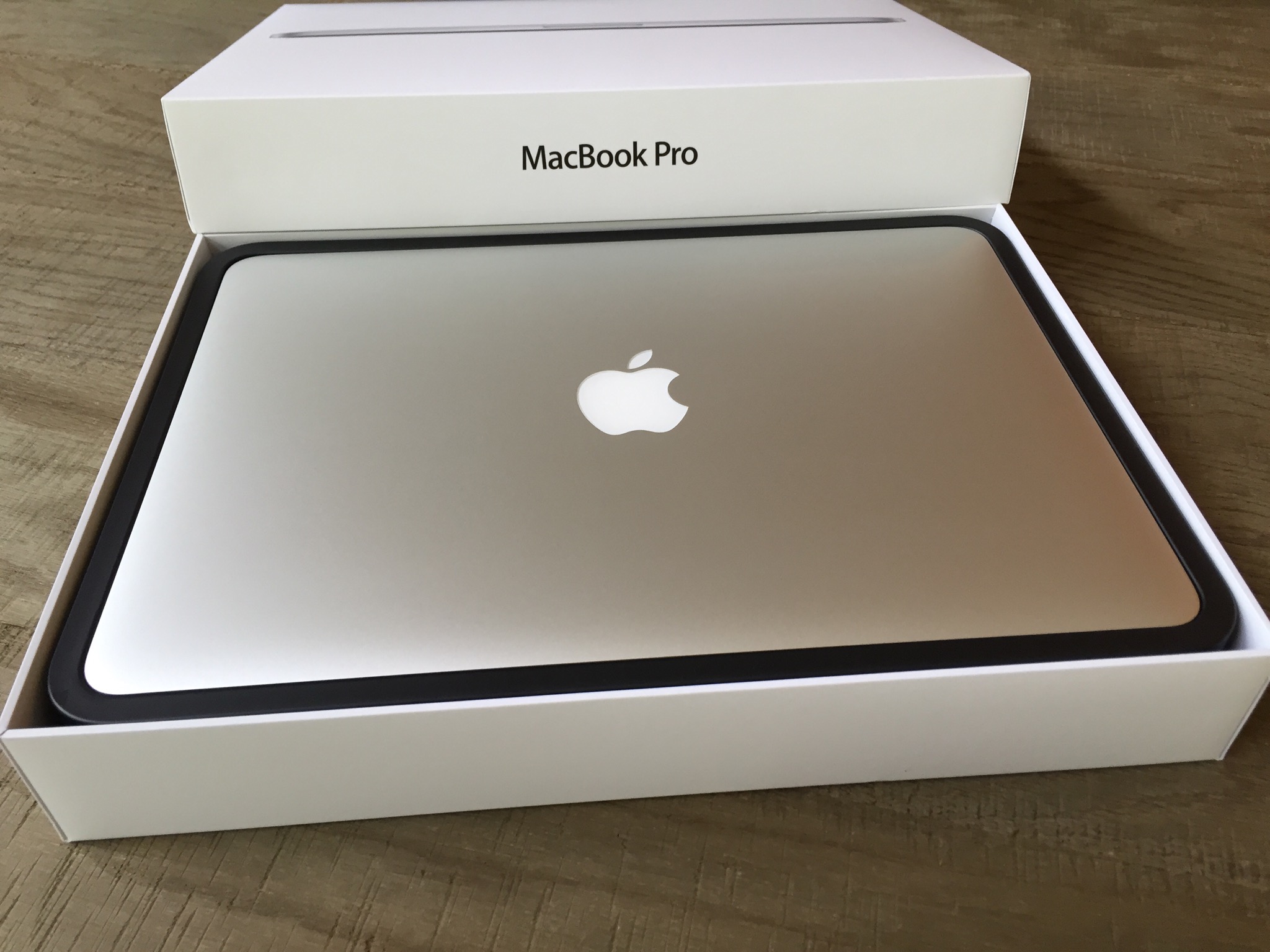

If the problem seems to be macOS, it’s time to visit settings again. Static problemĪre you hearing random crackling, popping, or other annoying static-like noises coming from your speakers ever since downloading macOS? If you are using external speakers, check their connections and try them on another device, like a smartphone, to make sure it isn’t the wiring. You can stop the problem by uninstalling the Soundflower extension on your Mac. The problem should have been resolved.ĭepending on your setup, you may find this audio problem occurs every time you restart your computer. Switch the output to Internal Speakers or another speaker device of your choice, then try Safari again. If one of those options is Soundflower or something similarly unusual, then that’s a sign that macOS might be using the wrong sound output. If you visit System Settings > Sound, you can check on your Output option, which will likely list several device options for audio output. This problem is typically caused by a strange configuration change that macOS applies to sound output if you have certain software loaded onto your Mac.

In this case, the sound will probably work in other browsers like Chrome but not in Safari. If your tests have revealed that sound problems are primarily located in Safari, this may be another settings problem. You may need to spend some time in System Settings to reset any of the customized settings you had before. Keep in mind that a PRAM reset may also change some of your other settings in addition to rebooting your sound. After that, your PRAM should have been reset.

#Macbook pro mid 2012 software update high sierra problem mac#
During that time, your Mac might restart and you might hear the startup sound play more than once. Keep holding those four keys down for about 20 seconds. If your Mac has an Intel chip and you want to reset its PRAM, begin by restarting your Mac, then immediately press the Option + Command + P + R keys simultaneously. If you’re using an Apple silicon Mac, try shutting it down, waiting a few seconds, then booting it up again. Note that this does not apply to Apple silicon Macs, since they don’t have a way to do this.

If the problem is shared across all audio sources, it might be time to reset your parameter random-access memory (PRAM), which Intel-based Macs use to retrieve basic settings for your Mac and connected devices. Try restarting that particular app by selecting it, then choosing the Stop button at the top of Activity Monitor to see if your audio recovers. Make sure the arrow next to %CPU is facing down - this will show your most memory-hungry apps at the top. You can check which apps are hogging your memory by opening Activity Monitor, then selecting the %CPU column. First, make sure the problem can’t be narrowed down to any particular app or service. If macOS is randomly cutting out the audio and then restoring it without rhyme or reason, there could be something wrong with how your computer is using memory. This can be one of the most frustrating issues to experience. You should only need to do this once, as macOS should remember your choice. Pick out your speaker options manually to circumvent this issue. As you may have guessed by now, macOS - especially when it is loaded onto a computer that’s connected to HDMI speaker systems - can get confused about which speaker to automatically pick. In the Output list, you should see options for all these devices, as long as they are connected. “What about my headphones, external speakers, or Apple TV?” you may be asking. This should restore audio to your native Mac speakers.


 0 kommentar(er)
0 kommentar(er)
